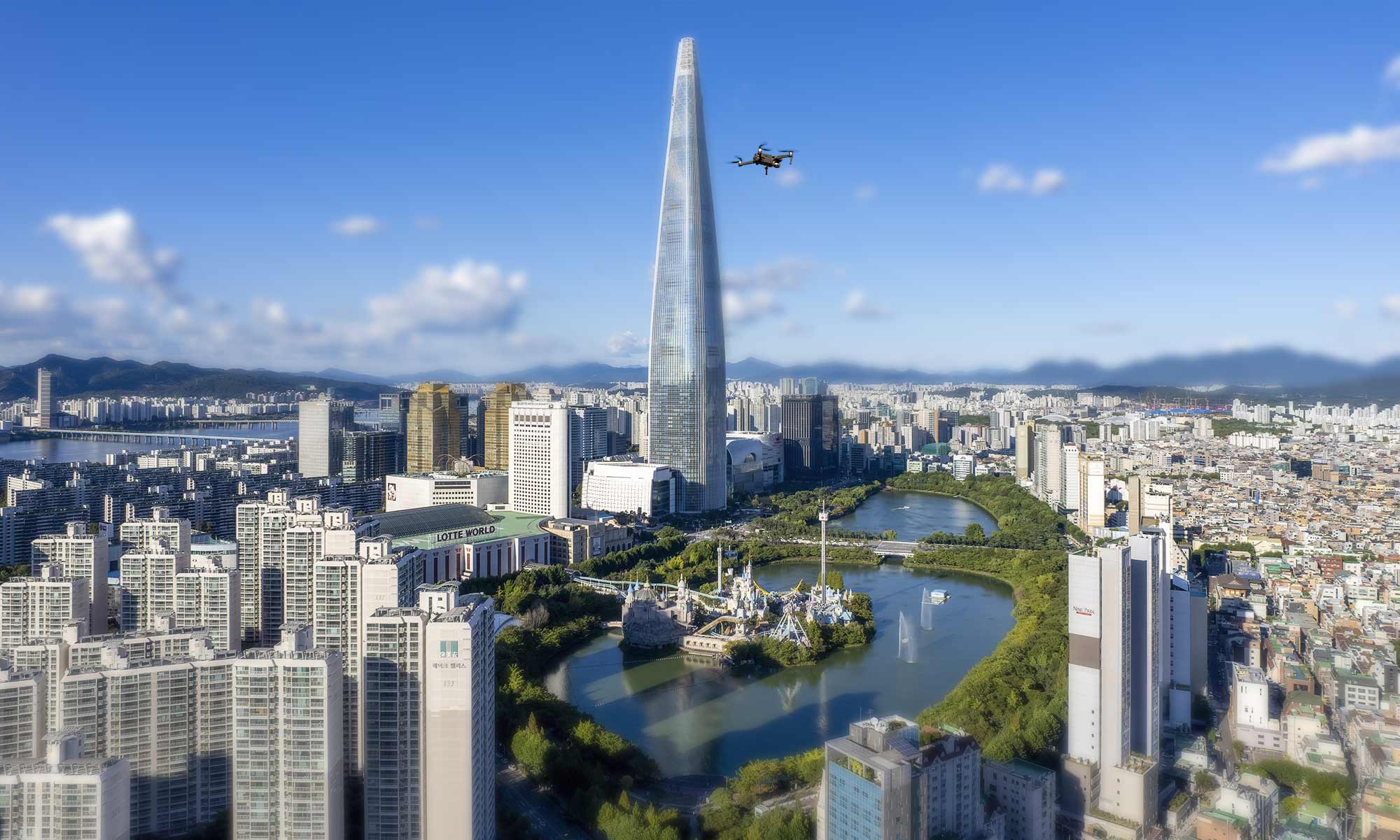A recent report divulges that South Korea may take years to fully implement its counter-drone plan, raising questions about the nation’s current defensive capabilities.
In the modern battleground, drones have become a potent tool, giving nations an upper hand in surveillance and attack strategies. However, a recently leaked U.S. intelligence document has brought to light significant concerns over South Korea’s readiness to defend against potential drone attacks from North Korea.
According to the leaked documents, the U.S. expresses concern over South Korea’s slow response and lack of clear rules of engagement towards drone threats. The report divulges that South Korea may take years to fully implement its counter-drone plan, raising questions about the nation’s current defensive capabilities.
A significant incident that the intelligence report highlights is from December 2022, where five North Korean drones breached South Korea’s airspace, including a no-fly zone around Seoul’s presidential office. The South Korean military was unable to intercept any of these drones, some even disappearing from the radar while being tracked. This event underscores the potential gaps in South Korea’s air defence coverage, which North Korea could exploit.
The report provides a grim prognosis of South Korea’s military readiness, suggesting that it would be unable to consistently respond to North Korean drone incursions for at least the next six months. To fully implement its counter-drone plan, it could take South Korea another three to five years.
Neither South Korean President Yoon Suk Yeol’s office nor the country’s defence ministry has commented on this report, and the Pentagon has also declined to comment on the leaked classified documents.
Ellen Kim, the deputy director of the Korea Chair at the Washington-based Center for Strategic and International Studies, has stated that South Korea’s primary focus on North Korea’s missile and nuclear programs has allowed Pyongyang to capitalise on South Korea’s potential vulnerability to drone attacks.
In response to these concerns, the South Korean defence ministry announced last month plans to establish a drone operations command in the second half of 2023. This comes as the U.S. Eighth Army and the South Korean Army recently completed their joint counter-drone exercises, which began last August. Maj. Joshua Gompert, the strategy and policy chief and the Eighth Army’s experimentation lead, said the joint exercises would increase the “readiness and interoperability” of the U.S.-South Korea Joint Force.
While South Korea is working to improve its drone defence strategy, it’s worth noting that there are existing advanced solutions in the market that could potentially aid their efforts. For instance, Skylock, a prominent player in the field, offers robust C-UAS capabilities. With their in-house R&D and integration capabilities, Skylock’s multi-layered, modular systems provide comprehensive counter-drone solutions for military ground forces and bases, airports, critical infrastructures, and national events.
Skylock’s counter-measure systems are specifically designed to combat evolving drone threats, allowing for quick detection, identification, and neutralisation. These solutions empower governments, municipalities, and HLS organisations to anticipate and rapidly respond to unlawful drone incursions. By integrating such advanced technologies, countries like South Korea could significantly enhance their readiness and effectiveness in countering potential drone threats.








